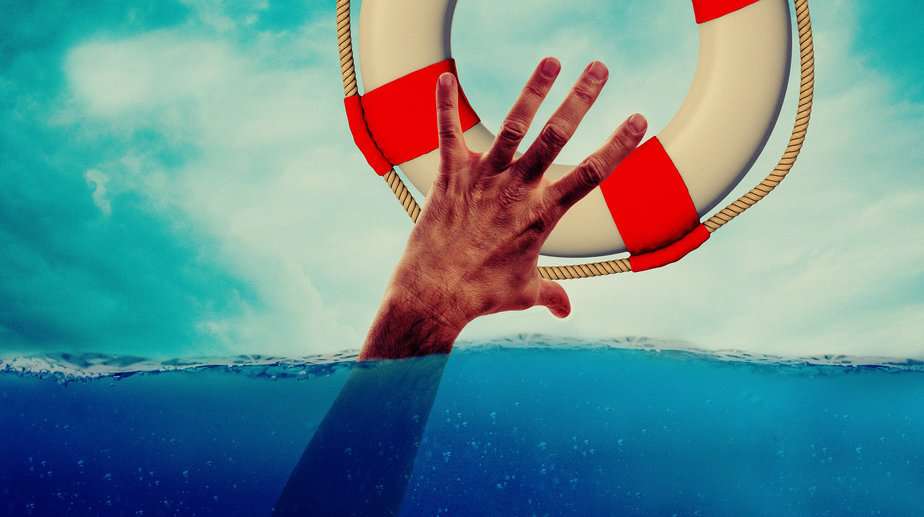
If you don’t have water security, you will die
Water is the most essential resource we need to survive. With increasing global challenges, such as changing weather patterns, growing populations, and depleting resources, water security has become a critical issue for many.
As responsible individuals, ensuring a consistent, clean, and adequate water supply for our families should be a top priority. Here’s a comprehensive guide on eight steps you can take to achieve water security for your family:
Understand Your Water Source
The first step in ensuring water security is knowing where your water comes from. Do you rely on municipal water, a private well, or a community source? Understanding this will help you gauge your water’s vulnerability to shortages or contamination.
Familiarize yourself with the water infrastructure in your community. If there’s a local water treatment facility, how often do they report issues? Does your area frequently suffer from water cuts or rationing?
Test Your Water Regularly
Even if your water looks clean, it might contain harmful bacteria, heavy metals, or other contaminants. These can arise from various sources like agricultural runoff, industrial waste, or natural deposits.
Consider investing in a water testing kit or hiring professional services to assess your water quality. By doing so, you can identify potential risks and take necessary corrective actions, such as installing specific filters.
Store Safely
Emergency situations can arise without warning—natural disasters, water supply disruptions, or contamination events. To be prepared, it’s recommended to store a minimum of one gallon of water per person per day and maintain a three-day supply.
Ensure water is stored in clean, food-safe containers. Avoid containers that have previously held chemicals. Keep the storage area cool and away from direct sunlight to inhibit bacterial growth.
Invest in Filtration and Purification Systems
Depending on your water source and its quality, a suitable filtration system can be a worthy investment. There are various filters available in the market, ranging from activated carbon filters to reverse osmosis systems. Each is designed to tackle specific contaminants.
Additionally, consider having a water purifier (like UV or boiling systems) to remove pathogens, especially if you suspect microbial contamination.
Harvest Rainwater
Rainwater harvesting is an age-old method of collecting and storing rainwater for later use. It can serve as an additional or alternate water source, especially during shortages.
Install rain barrels or more extensive catchment systems to collect water. Ensure these systems are covered to prevent the breeding of mosquitoes or ingress of debris.
If used for drinking, ensure rainwater is properly filtered and purified, as it can pick up contaminants from roofs or other catchment surfaces.
Reduce Waste and Use Water Judiciously
Water conservation is crucial. Educate your family members about the importance of using water wisely. Simple practices such as turning off the tap while brushing or using a broom instead of a hose to clean driveways can make a significant difference.
Fix leaks promptly. A dripping faucet or a leaking toilet can waste thousands of gallons of water annually. Regularly inspect your plumbing and fixtures.
Have a Backup Plan
Depending on your locality, it might be wise to know alternate sources of water. Are there any streams, lakes, or community wells nearby? In case of prolonged supply disruptions, these could serve as emergency sources.
If considering surface water sources, always remember that they need thorough filtration and purification before consumption.
Stay Educated and Involved
Water dynamics in regions can change due to several factors—climate change, over-extraction, or pollution. Keep yourself updated on the challenges and solutions relevant to your area.
Consider joining or supporting local water conservation groups or initiatives. They often conduct awareness programs, restoration projects, and advocacy campaigns that can benefit the broader community.
Conclusion
Water security is an ever-evolving challenge that demands proactive measures. By understanding the water landscape, making informed choices, and preparing for uncertainties, you can ensure that your family always has access to safe and adequate water. It’s not just about quenching thirst but also about ensuring health, well-being, and resilience in the face of an uncertain future. Start today, and ensure water security for your loved ones.
More reading
10 Essential Tips for Water-Wise Farming to Ensure Water Security

Pingback: 12 Tips To Navigating Australia's Perilous Water Future | Big Ditch Dam Building Company
Pingback: 3 Alternatives To Building A Dam | Big Ditch Dam Building Company